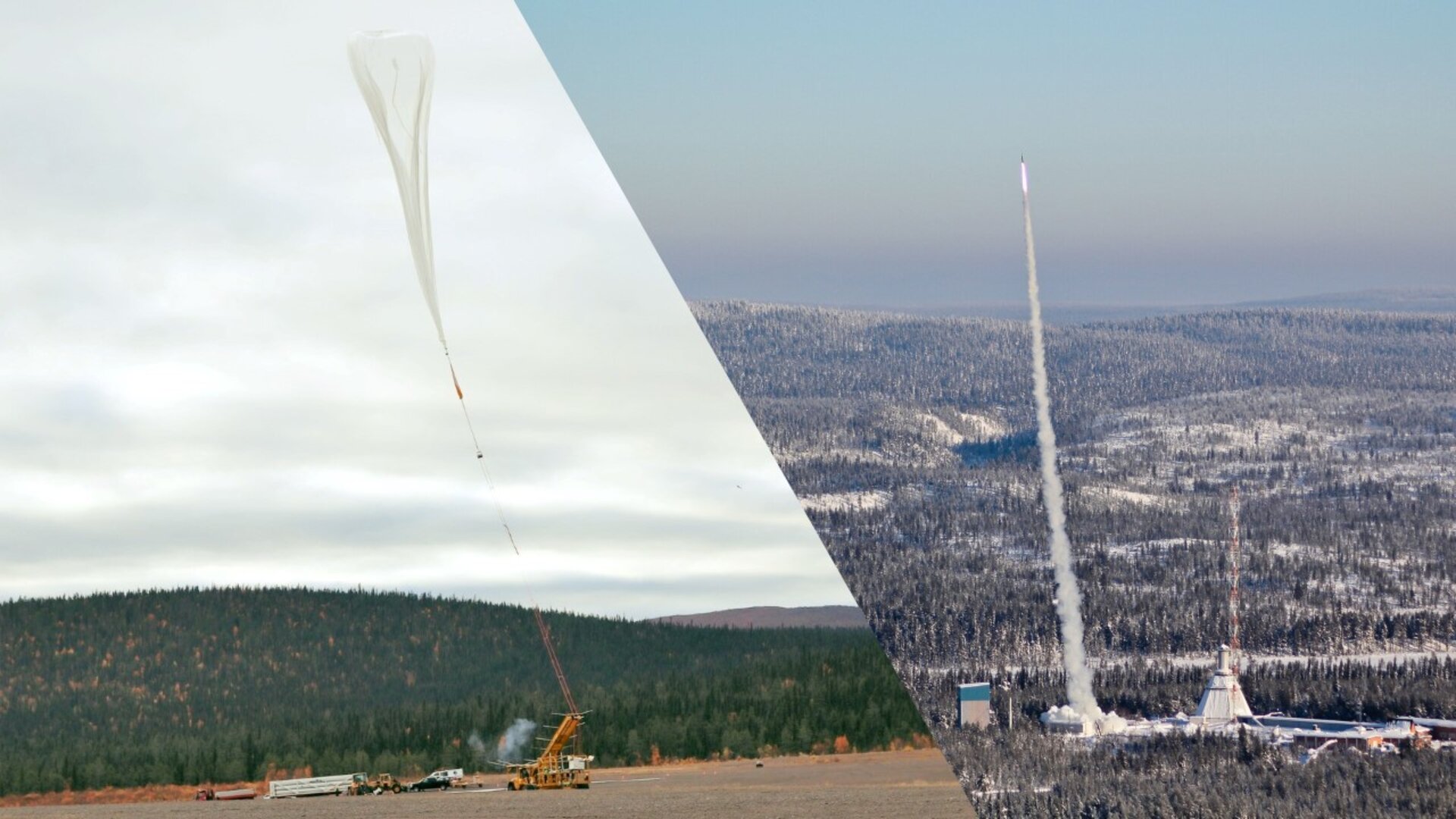New experiments selected to participate in the REXUS/BEXUS programme
Ten new student teams have been selected to participate in the Swedish-German REXUS/BEXUS programme. There they will have the opportunity to develop their own experiments for a flight on a stratospheric balloon or sounding rocket.
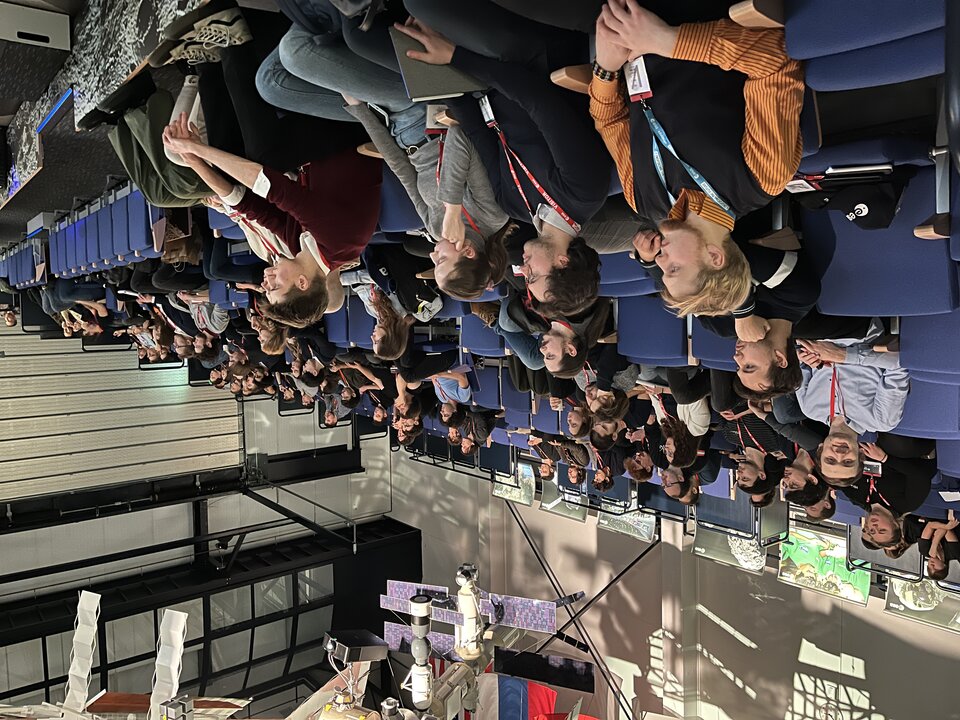
After a call for proposals, which saw many excellent experiments suggested by student teams from all over Europe, 13 teams have been invited to travel to ESA-ESTEC, the European Space Research and Technology Centre in The Netherlands. At a selection workshop from 28th to the 30th of November 2023, the teams got the chance to present their experiment ideas to a jury of experts.
The selection workshop saw the attendance of nearly 75 students representing 16 ESA member states. Before pitching their ideas, the participants were first trained in several skills such as requirement definition, documenting a space project, project planning and risk management.
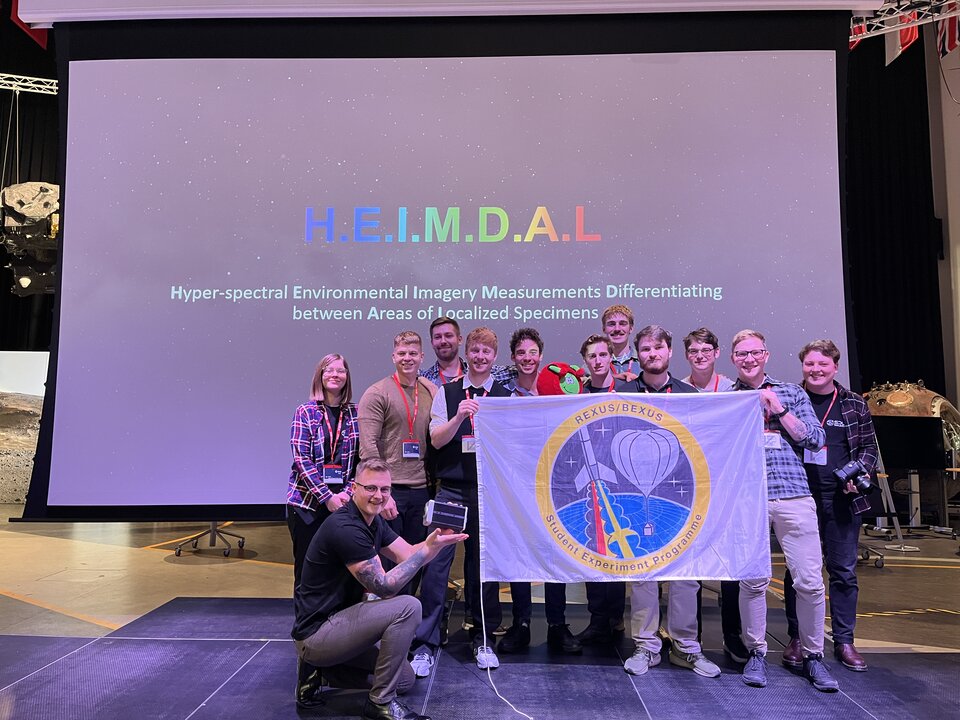
The selection panel was compiled of engineers and scientists from ESA and our programme partners, the Swedish National Space Agency (SNSA), the Swedish Space Corporation (SSC), the Center of Applied Space Technology and Microgravity (ZARM), and the German Space agency’s (DLR) mobile rocket base (MORABA).
Due to the high-quality level of the proposals and the limited number of slots available on the launch vehicles, the decision process proved to be very difficult for the selection panel. Finally, ten experiments have been selected to participate under sponsorship of SNSA/ESA.
The experiments selected for a flight on the BEXUS 34/35 stratospheric balloons are:
- CURiE (Composite and photovoltaic Undergoing Radiation Effects) from the Warsaw University of Technology (WUT), Poland
- HEIMDAL (Hyper spectral Environmental Imagery Measurements Differentiating between Areas of Localized Specimens) from the University of Southern Denmark, Denmark
- RETINA (Real-time Experiment for Thermal management, Inertial Navigation and Attitude) from the Sapienza University of Rome, Italy
- Project Svarog (Investigation of large-scale membrane deployment dynamics in near vacuum conditions) from the Imperial College London, United Kingdom
- SMART (Satellite and Meteor Awareness from Radar Technology) from the University of Porto, Portugal
- STORMDUST (Science of TOxin migRation and Microbiology in DifficUlt STratospheric conditions) from the Gdańsk University of Technology, Poland
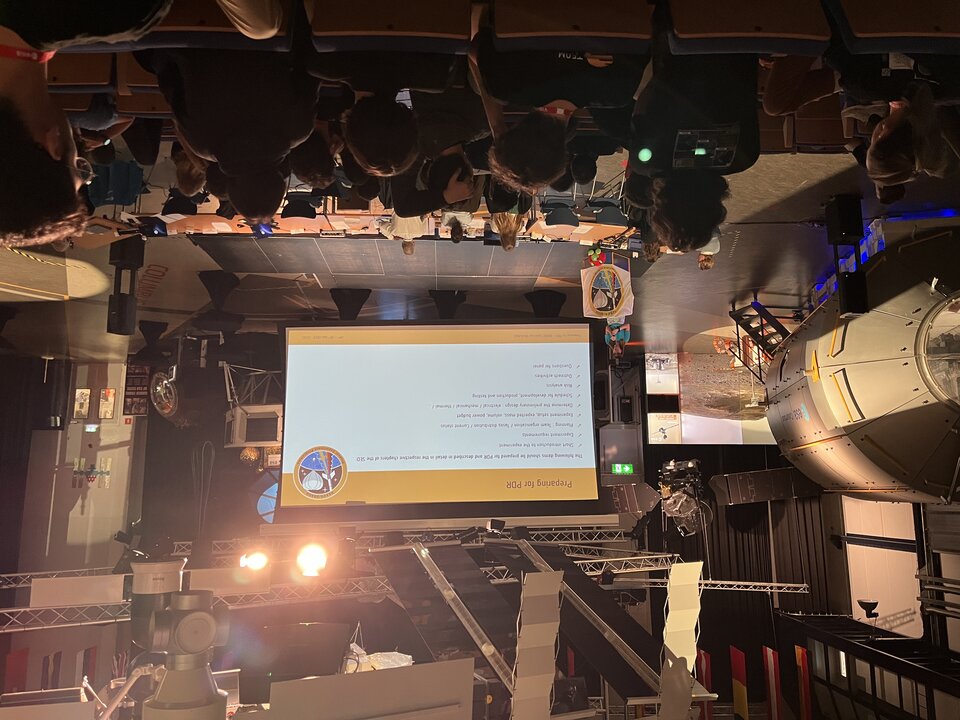
The experiments selected for a flight on the sounding rockets REXUS 33/34 are:
- FENRIR (Free fall Experiment uNit for Reduced-gravity Investigations and Research) from the Luleå University of Technology, Sweden
- SOLDERx (Soldering Operations in Low-Gravity Environments for Research and Exploration) from the University Politehnica of Bucharest, Romania
- SPECTRE (SPacE proof of Composite Tape-springs boom on REXUS Experiment), Royal Institute of Technology KTH, Sweden
- TELLER (Three-axis Experimental Low-altitude Laboratory for Exploring Radiation) from the Budapest University of Technology and Economics, Hungary
During a parallel selection workshop held at the German Space Agency at DLR in Bonn, Germany, additional eight teams have been selected to participate under DLR sponsorship. These teams are:
- ARESONUS (Altus. Repetitio. Sonus . Measuring ofinfrasound/ aerosonic in the stratosphere) from the Nordhausen University of Applied Sciences
- CHAOS (CHerenkov Atmospheric Observation System) form the Kiel University
- SpiCy (Biological solution for oxygen production in space) from the Ludwig Maximilian University of Munich
- PERSIS (Photopolymeric Extrusion of Reinforced Structures In Space) from the Munich University of Applied Sciences
- WOBBLE2 (Weightless Observation of Fluid Behaviour with Berlin Liquid Guidance Experiment) from the Technical University of Berlin
- SHAMA (Sustainable Heat protective Ablative Material) from the Dresden University of Technology
- SLOSH (Sloshing Experiment)from the Augsburg University
- FINIX (Ferrofluid Implementations for Next GeneratIon Exploration) from the Stuttgart University
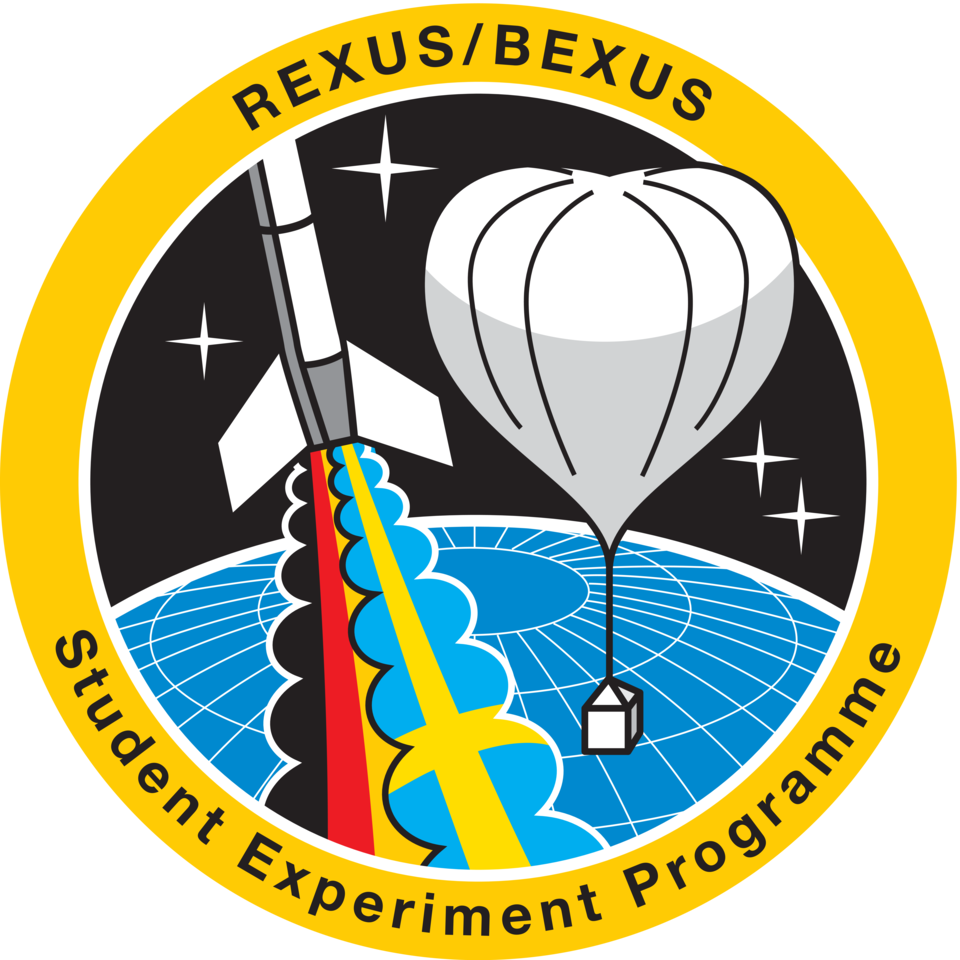
The next step for the selected teams is to begin refining their preliminary design before they travel to the Esrange Space Center for a full week of training and Preliminary Design Reviews. This is the start of a long journey with the REXUS/BEXUS programme, which supports the teams through a full project’s life cycle that includes a series of reviews, integration and testing, launch and operation, and analysis/communication of results.
The REXUS/BEXUS programme is realised under a bilateral Agency Agreement between the German Aerospace Center (DLR) and the Swedish National Space Agency (SNSA). The Swedish share of the payload has been made available to students from other European countries through a collaboration with the European Space Agency (ESA). EuroLaunch, a cooperation between the Swedish Space Corporation (SSC) and the Mobile Rocket Base (MORABA) of DLR, is responsible for the campaign management and operations of the launch vehicles. Experts from DLR, SSC, ZARM and ESA provide technical support to the student teams throughout the project. REXUS and BEXUS are launched from SSC, Esrange Space Center in northern Sweden


